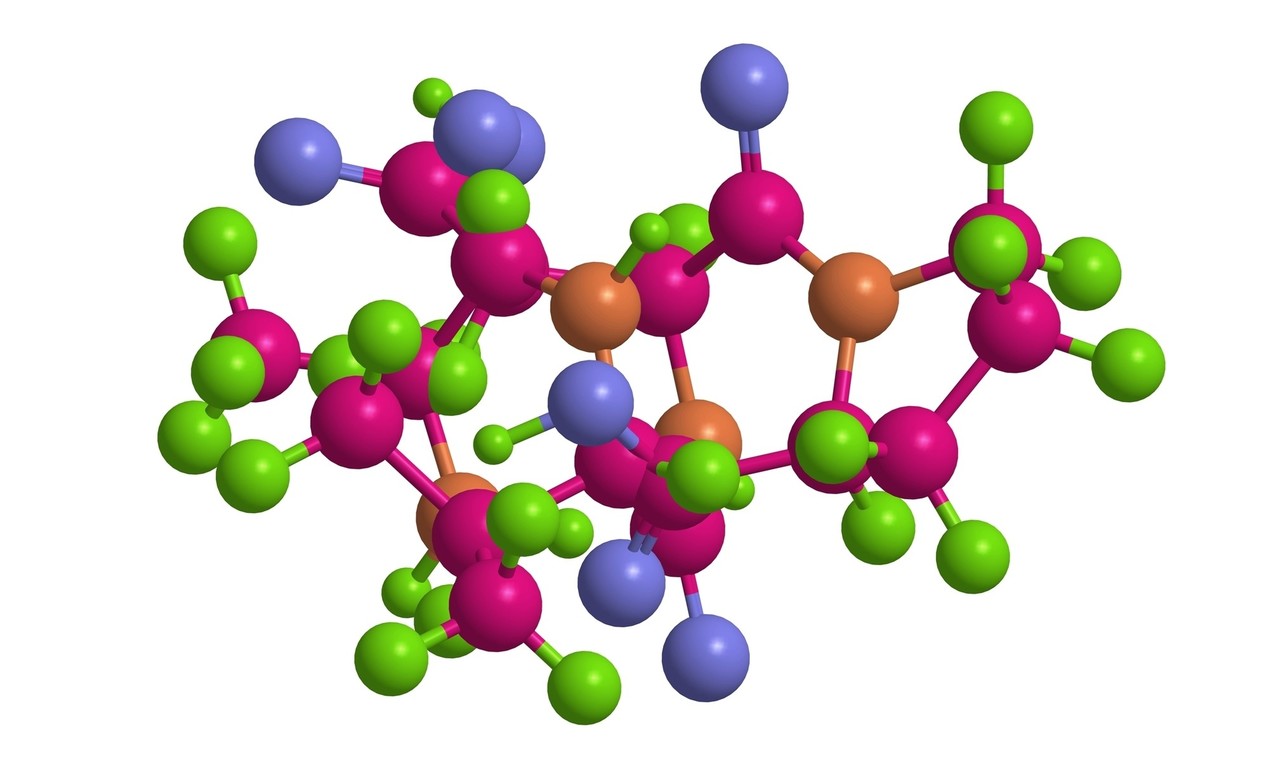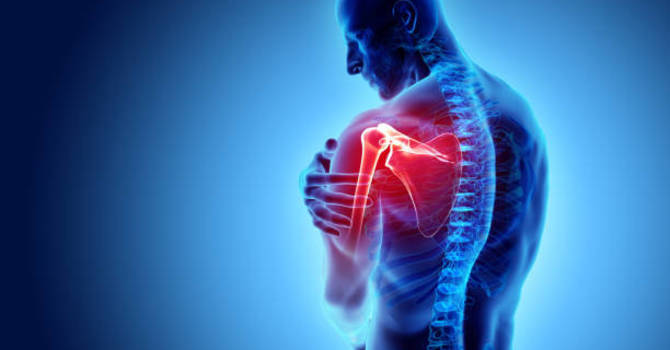
Peptides have gained significant attention in recent years for their diverse roles in health, fitness, and anti-aging. These small chains of amino acids serve as messengers in the body, influencing everything from muscle growth to immune function. Let's dive into a comprehensive list of peptides and explore what each one does to help you understand their potential benefits and applications.
What Are Peptides?
Peptides are short chains of amino acids, typically composed of fewer than 50 amino acids. They play crucial roles in biological processes by acting as signaling molecules. Depending on their structure and function, peptides can influence various physiological functions, including hormone production, muscle growth, inflammation modulation, and more.
Popular Peptides and Their Functions
Growth Hormone Peptides
a. GHRP-6 (Growth Hormone Releasing Peptide-6)
- Function: Stimulates the release of growth hormone from the pituitary gland.
- Benefits: Promotes muscle growth, reduces fat mass, enhances recovery.
- How it Works: Binds to the ghrelin receptor, triggering growth hormone release.
b. Ipamorelin
- Function: Selective growth hormone secretagogue.
- Benefits: Stimulates growth hormone release without affecting cortisol levels, promotes muscle growth, improves recovery.
- How it Works: Acts on the ghrelin receptor, similar to GHRP-6 but with fewer side effects.
c. CJC-1295 (with or without DAC)
- Function: Mimics the action of growth hormone-releasing hormone (GHRH).
- Benefits: Prolongs the release of growth hormone, enhances muscle growth, potentially anti-aging effects.
- How it Works: Extends the half-life of endogenous GHRH, leading to sustained growth hormone release.
Anti-Aging Peptides
a. BPC-157 (Body Protective Compound-157)
- Function: Promotes healing, protects organs and tissues, supports gut health.
- Benefits: Accelerates tissue repair, reduces inflammation, supports recovery from injuries.
- How it Works: Stimulates growth factors and enhances collagen synthesis.
b. TB-500 (Thymosin Beta-4)
- Function: Supports healing and recovery.
- Benefits: Promotes muscle and tissue repair, reduces inflammation, supports cardiovascular health.
- How it Works: Regulates cell migration and differentiation, crucial for wound healing.
Skin Health and Beauty Peptides
a. Matrixyl (Palmitoyl Pentapeptide-4)
- Function: Stimulates collagen production.
- Benefits: Reduces wrinkles, improves skin elasticity and firmness.
- How it Works: Activates the production of extracellular matrix proteins like collagen and elastin.
b. Argireline (Acetyl Hexapeptide-8)
- Function: Muscle-relaxing peptide.
- Benefits: Reduces the appearance of fine lines and wrinkles, prevents formation of new lines.
- How it Works: Inhibits neurotransmitter release, similar to Botox but without injections.
Immune-Boosting Peptides
a. Thymosin Alpha-1
- Function: Enhances immune function.
- Benefits: Stimulates T-cell production, improves immune response to infections.
- How it Works: Modulates immune cell activity, particularly T-cells.
b. LL-37 (Cathelicidin)
- Function: Broad-spectrum antimicrobial peptide.
- Benefits: Fights bacterial infections, enhances wound healing, supports skin health.
- How it Works: Disrupts bacterial cell membranes and promotes immune response.
Muscle-Building Peptides
a. Melanotan II (MT-II)
- Function: Stimulates melanin production and sexual arousal.
- Benefits: Tanning effect, potential appetite suppression, and sexual arousal.
- How it Works: Activates melanocortin receptors in the skin and brain.
b. IGF-1 LR3 (Insulin-like Growth Factor-1 Long R3)
- Function: Growth factor peptide.
- Benefits: Stimulates muscle growth, enhances recovery, supports bone density.
- How it Works: Mimics the action of insulin-like growth factor 1, promoting cell growth and repair.
Choosing the Right Peptide for Your Needs
When considering peptides, it's crucial to consult with a healthcare provider or peptide specialist who can guide you based on your specific goals and health status. Factors to consider include:
- Purpose: Determine whether you're seeking muscle growth, fat loss, anti-aging benefits, or other specific outcomes.
- Dosage and Administration: Understand the proper dosage, frequency of administration, and potential side effects associated with each peptide.
- Quality and Source: Ensure you source peptides from reputable suppliers to guarantee purity and effectiveness.
- Legal Considerations: Be aware of the legal status of peptides in your country or region to avoid legal issues.
Tips for Using Peptides
1. Start Slow and Low
Begin with lower doses to assess tolerance and gradually increase as needed.
2. Monitor Effects
Keep track of how your body responds to each peptide and adjust accordingly.
3. Injection Technique
Learn proper injection techniques to maximize absorption and minimize discomfort.
4. Cycle Smartly
Consider cycling peptides to prevent receptor desensitization and maintain effectiveness over time.
Conclusion
Peptides offer a promising avenue for enhancing various aspects of health and wellness, from muscle growth and immune function to anti-aging and skin health. By understanding the functions and benefits of different peptides, you can make informed decisions about incorporating them into your health regimen. Remember, personalized guidance from a healthcare professional is invaluable in navigating the world of peptides safely and effectively.
Explore the possibilities of peptides, discover what they can do for you, and embark on a journey towards optimizing your health and well-being with these remarkable molecules.
Dr. Devin Stone
Contact Me


